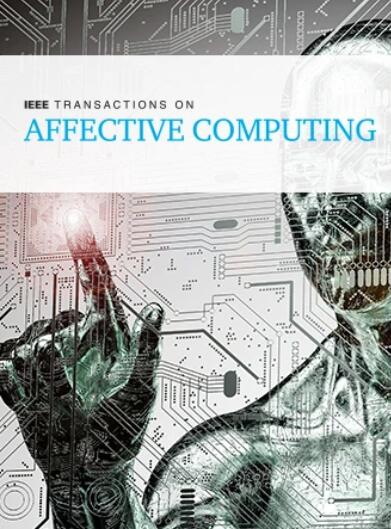基于情绪脉冲信号和深度学习的大学生压力严重程度检测
IF 9.8
2区 计算机科学
Q1 COMPUTER SCIENCE, ARTIFICIAL INTELLIGENCE
引用次数: 0
摘要
大学生在学习、就业和社会交往方面面临越来越大的压力,如果不加以解决,可能会导致抑郁和身体疾病。目前,压力严重程度的检测依赖于自我评估量表,而机器学习或基于深度学习的方法主要集中在分类上。本研究提出了一种利用包含情绪线索的脉冲信号和深度学习来自动检测大学生压力严重程度的方法。首先,177名大学生在观看5个虚拟现实(VR)情绪场景时,使用光电体积脉搏波描记仪(PPG)收集了他们的脉搏信号,这些场景包括平静、悲伤、快乐、恐惧和紧张。从这些信号中提取脉冲速率变异性(PRV)和离散PPG (dPPG)作为检测应力严重程度的输入。然后,采用提出的压力检测框架1DCNN-BiLSTM +交叉注意+ XGBoost检测压力严重程度,纳入情绪交叉注意机制。研究了诱导情绪对压力严重程度检测性能的影响。结果表明,情绪场景下的压力严重程度检测优于平静场景。此外,综合多种情绪的检测性能优于单一情绪。PRV和dPPG信号融合后的检测性能最好。本研究提供了一种端到端的自动化方法来检测大学生的压力严重程度。本文章由计算机程序翻译,如有差异,请以英文原文为准。
Stress Severity Detection in College Students Using Emotional Pulse Signals and Deep Learning
College students face increasing stress from difficulties with studies, employment, and social interactions, which, if left unaddressed, may lead to depression and physical illnesses. Currently, the detection of stress severity relies on self-assessment scales, while machine learning or deep learning-based approaches primarily focus on classification. This study proposes an approach using pulse signals containing emotional cues and deep learning to automatically detect the severity of stress in college students. First, pulse signals of 177 college students were collected using photoplethysmography (PPG) during they watched five virtual reality (VR) emotional scenes, including calm, sadness, happiness, fear, and tension. Pulse rate variability (PRV) and discrete PPG (dPPG) were extracted from these signals as input for detecting stress severity. Then, the proposed stress detection framework, 1DCNN-BiLSTM + Cross-Attention + XGBoost, was employed to detect stress severity, incorporating an emotional Cross-Attention mechanism. The impact of induced emotions on stress severity detection performance was examined. The results indicated that stress severity detection in emotional scenes outperformed in calm. Furthermore, the detection performance that integrates multiple emotions surpassed single emotions. The fusion of PRV and dPPG signals yielded the best detection performance. This study provides an end-to-end automated approach for detecting stress severity in college students.
求助全文
通过发布文献求助,成功后即可免费获取论文全文。
去求助
来源期刊

IEEE Transactions on Affective Computing
COMPUTER SCIENCE, ARTIFICIAL INTELLIGENCE-COMPUTER SCIENCE, CYBERNETICS
CiteScore
15.00
自引率
6.20%
发文量
174
期刊介绍:
The IEEE Transactions on Affective Computing is an international and interdisciplinary journal. Its primary goal is to share research findings on the development of systems capable of recognizing, interpreting, and simulating human emotions and related affective phenomena. The journal publishes original research on the underlying principles and theories that explain how and why affective factors shape human-technology interactions. It also focuses on how techniques for sensing and simulating affect can enhance our understanding of human emotions and processes. Additionally, the journal explores the design, implementation, and evaluation of systems that prioritize the consideration of affect in their usability. We also welcome surveys of existing work that provide new perspectives on the historical and future directions of this field.
 求助内容:
求助内容: 应助结果提醒方式:
应助结果提醒方式:


